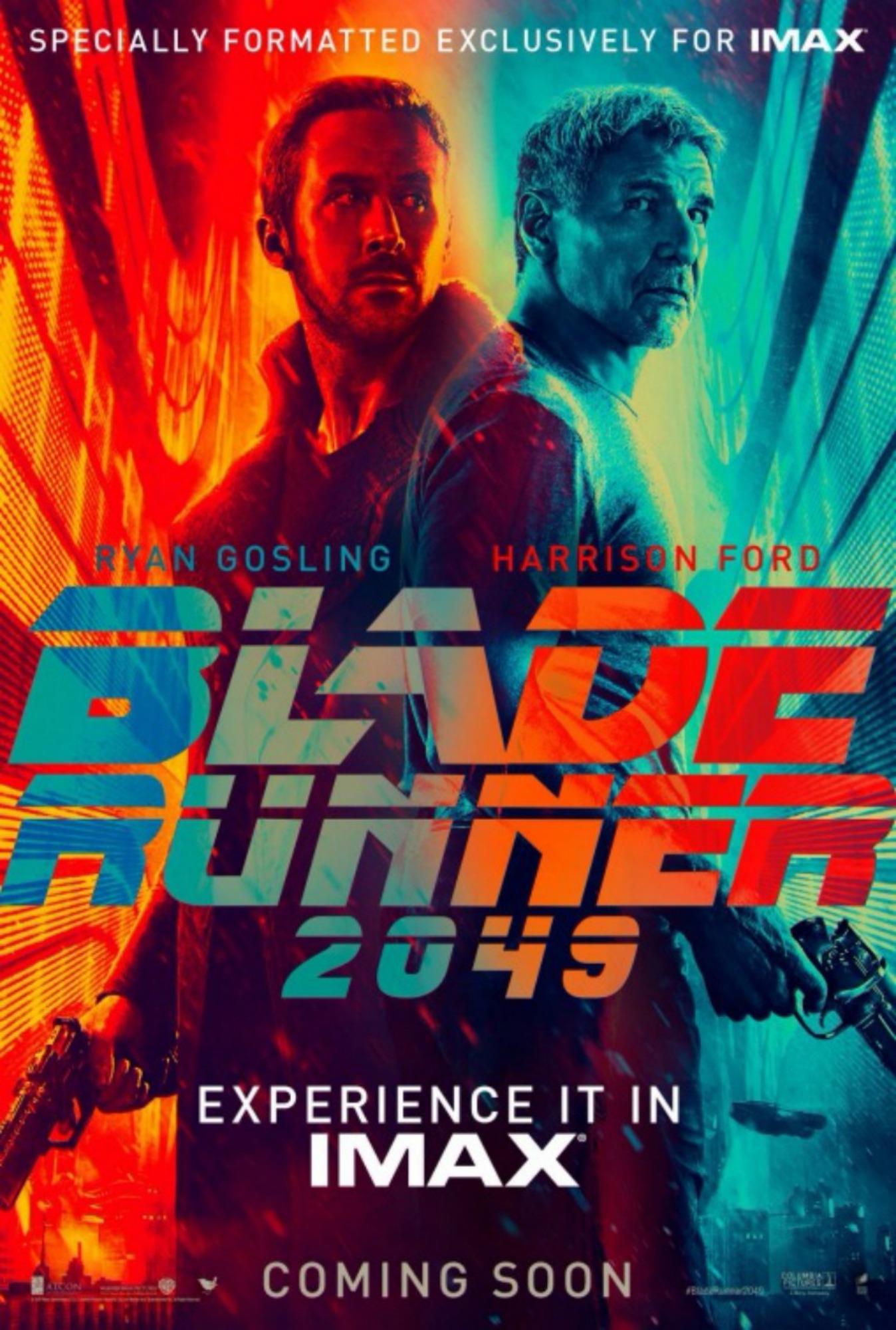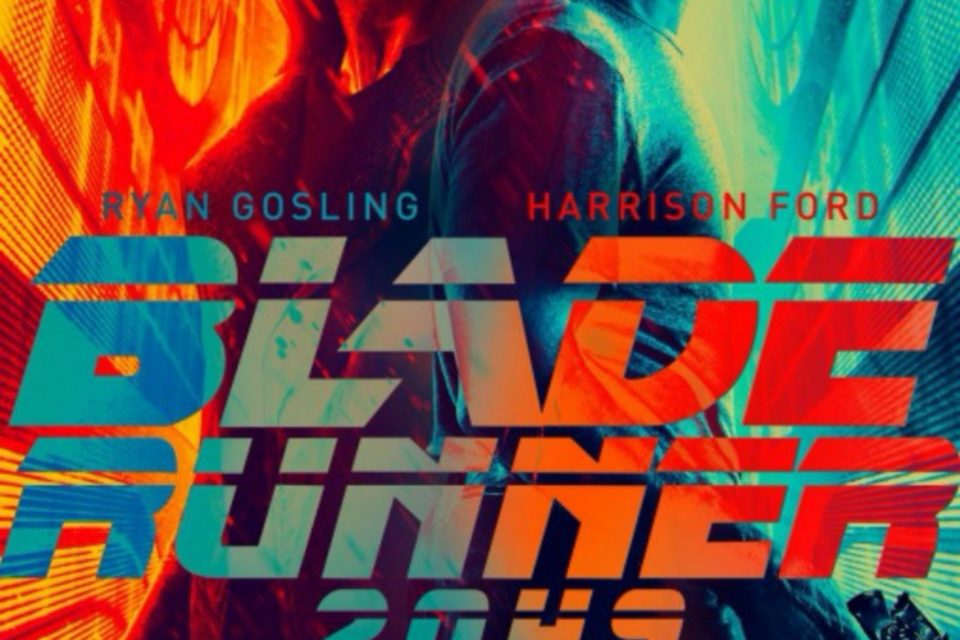“Blade Runner 2049” arrives 35 years after the sci-fi classic from Ridley Scott that starred Harrison Ford, and it now runs nearly an hour longer than the 2-hour original and can be seen in 3D or IMAX.
As has become his routine in recent years with iconic franchises Star Wars and Indiana Jones, Ford returns once again as a much older man to the character he created in 1982, an L.A. Police Detective in 2019 called Deckard – supposedly human, but maybe not — assigned to kill “replicants,” humanistic robots built to be slaves for use only off-world (on other celestial bodies). That movie ended with Deckard running off with a replicant called Rachel (Sean Young), with whom he developed a romantic relationship.

This sequel introduces another young L.A. cop called K (Ryan Gosling) who has the same assignment as Deckard until he gets a much more specific directive from his boss (Robin Wright) to hunt down the reported child of a replicant — the first of its kind which could change the world, and not in a good way for those who are trying to control the world.
Once again it’s not clear to K or the audience if K is a human or replicant. There are also intriguing questions about the identity of the child.
Gosling is in almost every scene but Ford doesn’t show up until “K” gets to Vegas, about two-thirds into the movie. Despite being on-screen for only about 30-minutes, Ford’s role is integral to the film and feels far more prominent in reflection than the half-hour representation.
With IMAX opting to reduce the number of movies it presents in 3D, you now have three distinct choices when choosing how to enjoy “Blade Runner 2049”: on a standard-size screen showing the movie in 3D using the RealD technology, on a giant IMAX screen without 3D, and on a standard screen without 3D.
Let’s eliminate the latter choice right away and limit the discussion to the other two far superior options.
RealD’s 3D version delivers a notable number of scenes with very noticeable and distinctive depth, most impressively the flying and hovering cars and holograms in Vegas of Elvis and Frank Sinatra performing that present a rare look at such illusions with their full promised impact in three-dimensions. The 3D also impresses in more subtle ways in showing simple things with significant depth, such as when “K” is walking atop mounds of garbage, the separation between buildings as cars fly by, objects in a laboratory hovering in mid-air, and especially snowflakes falling, the latter of particular impact in the final scene.
In contrast, the IMAX version does not offer 3D, but there are other dramatic advantages: the sheer giant size of the screen makes a much bolder impact, the movie is formatted to feature 26% more image in the film frame than any other presentations, the film itself is far brighter and much more vivid (the 3D glasses make the screen darker), and the IMAX sound system delivers a far better audio experience that most standard theaters.
— By Scott Hettrick
